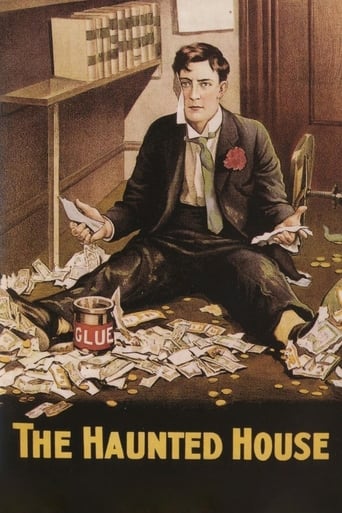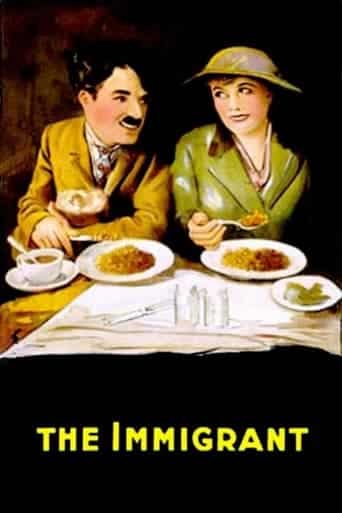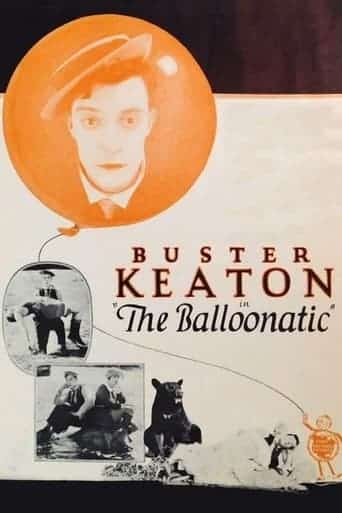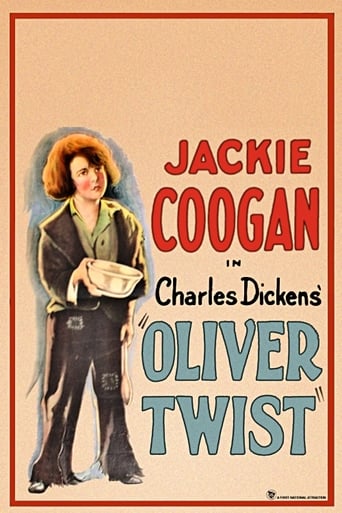Tarzan of the Apes (1918)

 “Tarzan of the Apes,” released in 1918, is one of the earliest film adaptations of Edgar Rice Burroughs’ iconic Tarzan character and the first silent film to bring the jungle hero to the big screen.
“Tarzan of the Apes,” released in 1918, is one of the earliest film adaptations of Edgar Rice Burroughs’ iconic Tarzan character and the first silent film to bring the jungle hero to the big screen.
Directed by Scott Sidney and produced by William Parsons, this silent adventure film stars Elmo Lincoln as Tarzan and Enid Markey as Jane Porter. The film played a significant role in popularizing the character and setting the stage for future Tarzan adaptations in various media.
The film begins with the shipwreck of a party of English travelers on the West African coast, leaving them stranded in a lush and unforgiving jungle. Among the survivors is the beautiful Jane Porter, whose father is a scientist on a quest for the legendary treasure of the lost city of Opar.
As the survivors struggle to adapt to their new environment, they encounter the wild and formidable Tarzan, a man raised by apes in the jungle. Tarzan rescues Jane from danger and the two form a strong bond as their relationship develops. Elmo Lincoln’s portrayal of Tarzan captures the character’s strength, agility, and the depth of his jungle knowledge.
“Tarzan of the Apes” faithfully adapts the novel by Edgar Rice Burroughs and is known for its visual storytelling. With limited intertitles and no spoken dialogue, the film relies on the physicality and expressions of the actors to convey the story. This early silent film showcases Elmo Lincoln’s athleticism and his ability to embody the character of Tarzan, from his tree-swinging skills to his primal, yet noble, behavior.
The film highlights the contrast between Tarzan’s life in the jungle and the civilized world from which Jane and her fellow travelers hail. Tarzan’s interactions with the apes who raised him provide a source of both humor and heart in the film, as they demonstrate the stark differences between the human and animal worlds.
The romance between Tarzan and Jane is central to the story and is a defining feature of the Tarzan legend. Enid Markey’s portrayal of Jane captures the character’s beauty and her growing affection for Tarzan. Their budding romance, despite the language barrier, is a central theme in the film, culminating in a dramatic and memorable rescue sequence.
“Tarzan of the Apes” was significant in establishing the character’s popularity, setting the stage for a series of Tarzan films throughout the silent and sound eras. The film’s success contributed to the enduring appeal of Tarzan as a literary and cinematic icon.
The film’s production values for the time were modest, with practical effects and minimal sets, but it successfully captured the spirit of adventure and romance that defines the Tarzan mythology. The jungle settings, created on the grounds of a Los Angeles mansion, provided a lush and atmospheric backdrop for the story.
“Tarzan of the Apes” played a pivotal role in introducing audiences to the enduring legend of Tarzan. Elmo Lincoln’s portrayal of the character resonated with audiences and set the standard for many future actors who would take on the role. The film remains an important milestone in the history of cinematic adaptations of classic literature and continues to be celebrated by fans of the character and early cinema.
Release Date: January 27th, 1918
Main Cast Members
Elmo Lincoln (Tarzan)
Enid Markey (Jane Porter)
Gordon Griffith (Young Tarzan)
True Boardman (John Clayton)
Kathleen Kirkham (Alice Clayton)
George B. French (Binns)
Colin Kenny (Greystoke’s Nephew)
Thomas Jefferson (Prof. Porter)
Loading live eBay listings...




